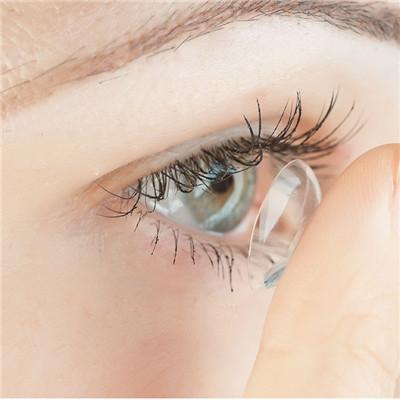How does kidney cancer terminal examine
summary
I'm a patient with advanced renal cancer. I'm very worried about it. After treatment, it's slightly improved. So, how to check for advanced renal cancer? Let's get to know.
How does kidney cancer terminal examine
First, there are many kinds of renal tumors, but most of them are malignant, with poor prognosis, complex pathology and different clinical manifestations. Among them, renal cell carcinoma is the most common, accounting for more than 85% of renal tumors, followed by renal pelvis transitional cell carcinoma and nephroblastoma.

Second: examination items: (1) urine routine examination. (2) Plain film of urinary tract. (3) Renal artery and pyelography. (4) B ultrasound examination. (5) CT examination. (6) MRI. (7) Radionuclide examination, etc.

Third, because renal cancer is a highly malignant tumor, many patients have obvious body mass of emaciation, anemia, low fever, loss of appetite and other malignant diseases when they seek treatment. A few patients may have left varicocele. When the inferior vena cava is invaded, it may be accompanied by lower extremity edema. If there is lung or bone metastasis, corresponding symptoms may appear. After a large number of clinical observation found that some patients with renal cell carcinoma can also be accompanied by endocrine disorders. This is because renal cell carcinoma can secrete a variety of endocrine hormones, causing a series of corresponding symptoms.

matters needing attention
At present, the cause of renal cancer is unclear. Studies suggest that chemical carcinogens excreted by the kidney can induce renal cancer. Hormones, radiation, virus infection, smoking, long-term use of phenacetin drugs, long-term exposure to lead containing substances and some chronic kidney diseases may be related to the occurrence of renal cancer.









